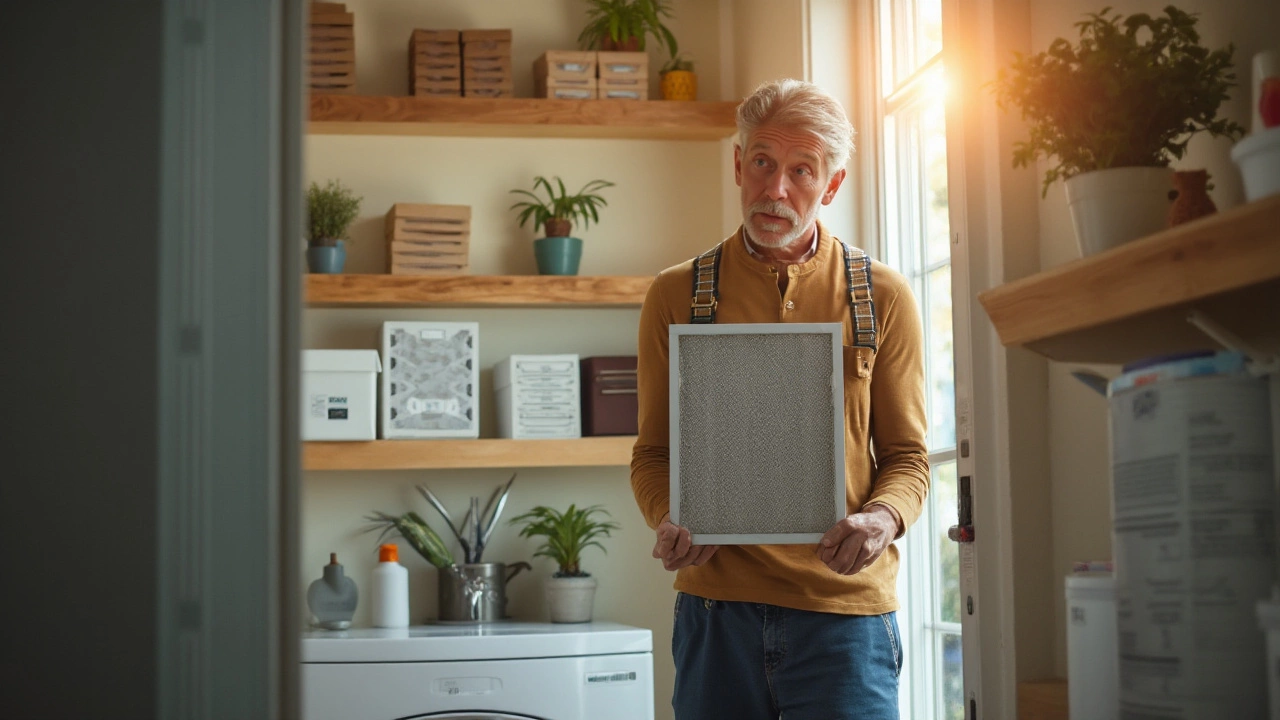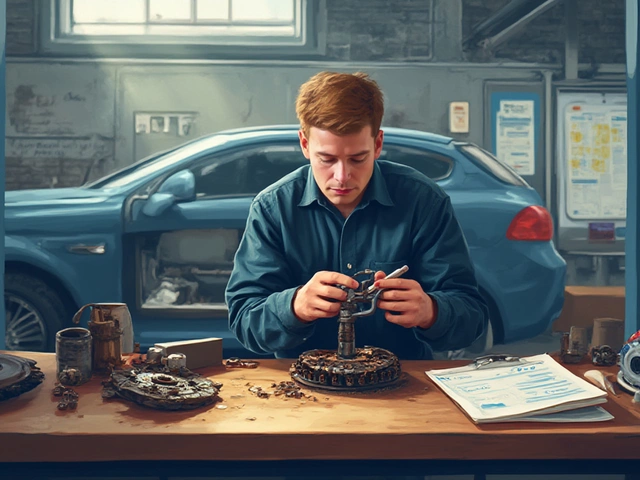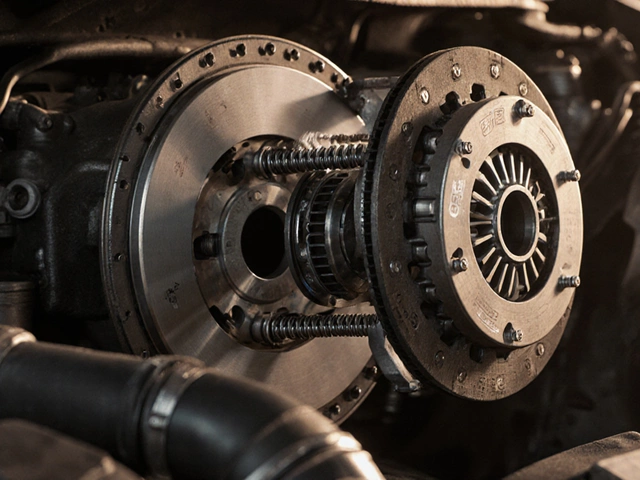MERV 11 Air Filters: What They Do and When to Use Them
Ever wonder what that "MERV 11" label on a filter means? It’s a rating that tells you how well the filter traps dust, pollen, mold spores, and even tiny particles like pet dander. If you’re looking for cleaner air inside your car or home without spending a fortune, a MERV 11 filter is a solid middle‑ground choice.
How MERV 11 Stacks Up Against Other Ratings
The MERV scale runs from 1 to 16. A lower number (1‑4) catches big particles like sand, while a higher number (13‑16) can trap bacteria and smoke. MERV 11 lands right in the sweet spot: it captures particles as small as 1‑3 microns – think pollen, dust mites, and fine dust. That’s a big step up from the standard 5‑7 rating most cheap cabin filters have, but you won’t see the airflow drop that you sometimes get with a MERV 13 or higher.
In practice, a MERV 11 filter will keep your HVAC system or car’s ventilation running smooth while still giving you noticeable improvement in air freshness. If you have allergies, a pet, or live in a dusty area, you’ll feel the difference quickly.
Choosing and Maintaining a MERV 11 Filter
First, make sure the filter size matches your vehicle or home unit. Check the owner’s manual or look at the old filter for dimensions. Most MERV 11 filters are available in standard sizes for both cars and home HVAC systems, so you shouldn’t have trouble finding a fit.
When you install a new filter, line it up so the airflow arrows point in the right direction – this ensures the filter catches particles before they enter the system. Replace it every 3‑6 months, depending on how dusty your environment is. If you drive a lot in traffic or have a smoker in the house, lean toward the 3‑month mark.
Don’t forget to inspect the filter when you replace it. If it looks dark or clogged before the scheduled change, swap it out early. A clean filter protects your engine’s intake (in cars) and keeps your furnace or AC from working harder than it needs to.
In short, a MERV 11 filter gives you better air quality without the cost or airflow penalty of higher‑rated filters. It’s a practical upgrade for anyone who wants fresher air in the cabin or living space. Keep an eye on the filter’s condition, replace it regularly, and you’ll enjoy cleaner breathing and smoother system performance for months to come.
 22 May 2025
22 May 2025
MERV 11 Filters: Are They Too Restrictive for Your HVAC?
Worried that a MERV 11 filter could restrict your HVAC airflow or bump up your energy bills? This article digs into what makes MERV 11 filters different, explains how they work with typical home systems, and shares facts that could save you money and hassle. You'll find out if these filters are really too much, or if they're just right for better air quality. We'll go over real-life tips and help you decide if you actually need this level of filtration. Stop guessing—get the answers you need to keep your air clean without wrecking your system.
 26 January 2025
26 January 2025
Is MERV 11 the Right Choice for Your Home's Air Quality?
Choosing the right air filter for your home can be challenging, with options varying in terms of efficiency and performance. This article explores whether MERV 11 filters are suitable for residential settings by analyzing their benefits and potential downsides. Discover how MERV 11 compares to other filter ratings and what factors homeowners should consider for optimal indoor air quality. Learn practical tips to ensure your filter is the best fit for your home environment.






0